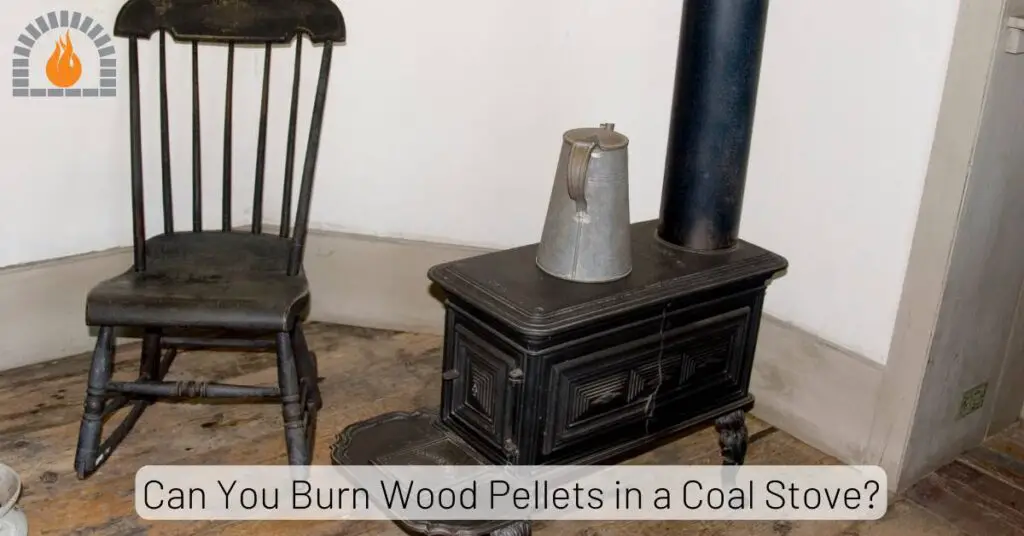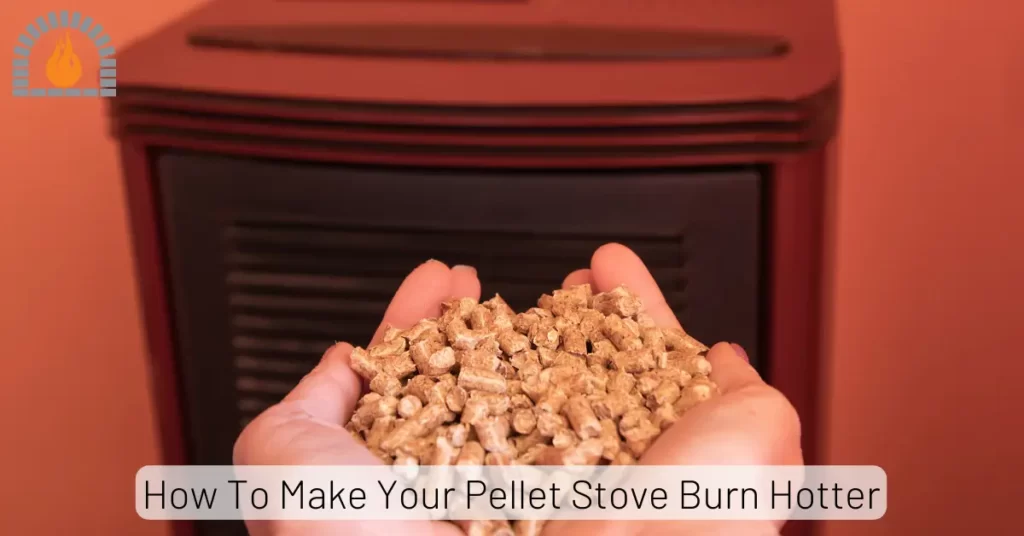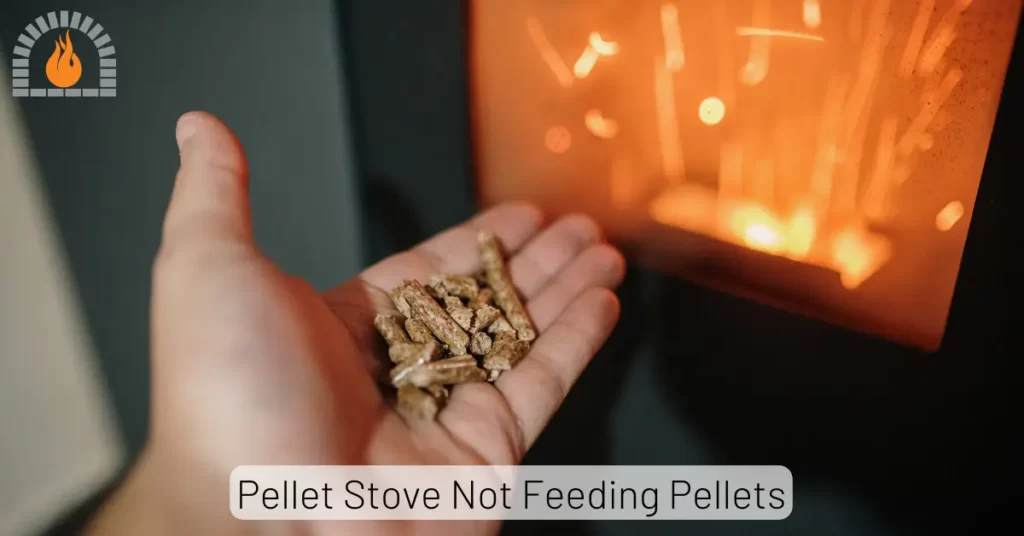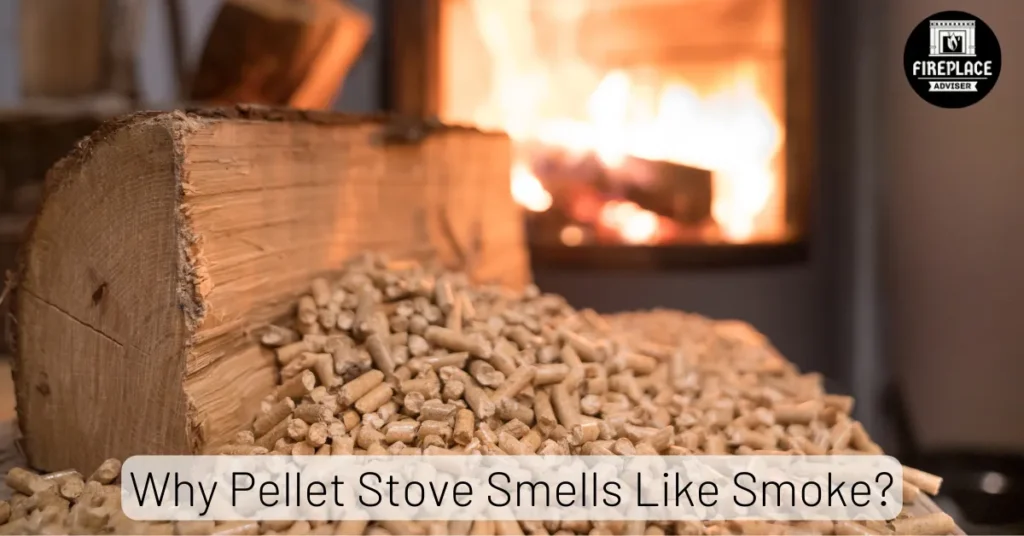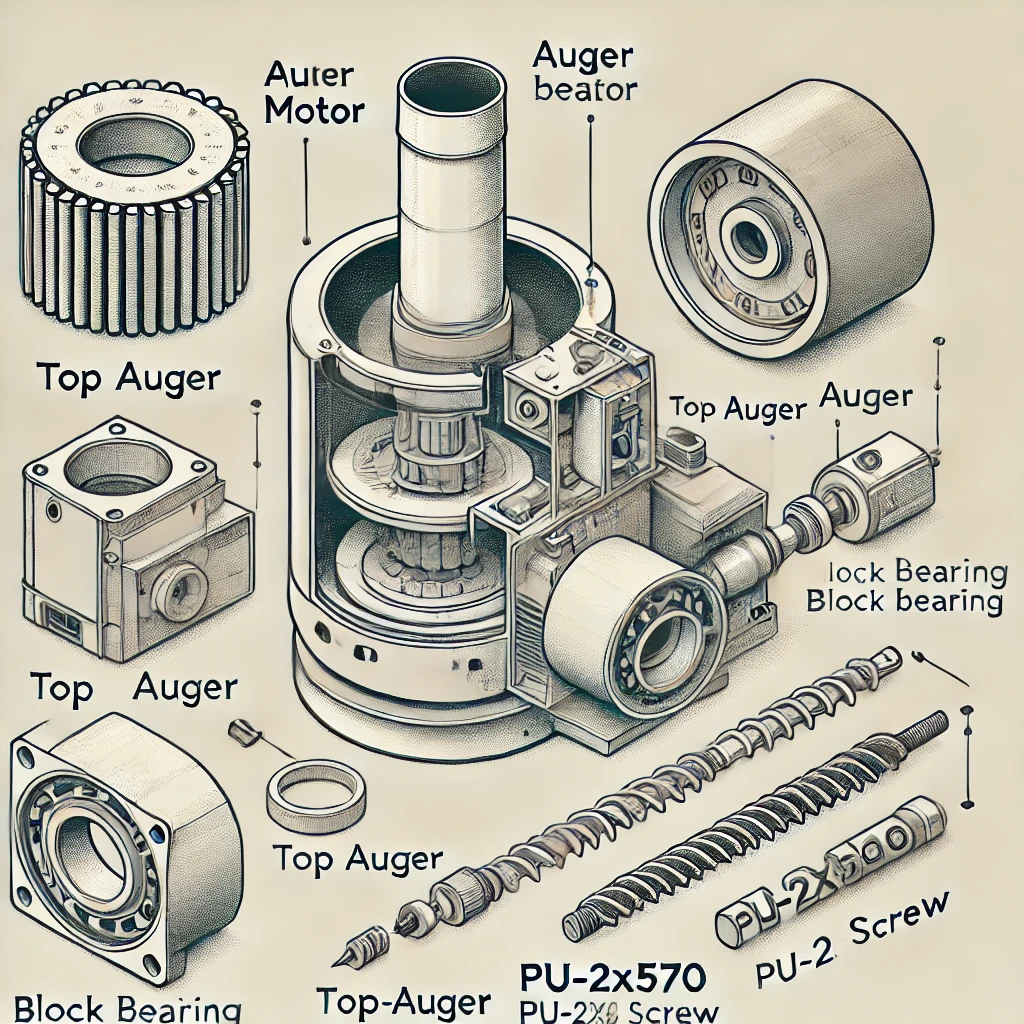PelPro pellet stoves are a popular choice for maintaining a warm and cozy environment during chilly seasons. A key component of these stoves is the PelPro convection blower, responsible for circulating warm air throughout your space.
Over time, this essential part may wear out, leading to reduced efficiency or complete failure, then you need PelPro replacement convection blower.
Knowing how to replace your PelPro convection blower can save you time and money, ensuring your stove operates at peak performance.
In this guide, we’ll walk you through everything you need to know about replacing your PelPro convection blower, from identifying signs of failure to completing the replacement process safely and effectively.
| Image | Product | Details | Price |
|---|---|---|---|
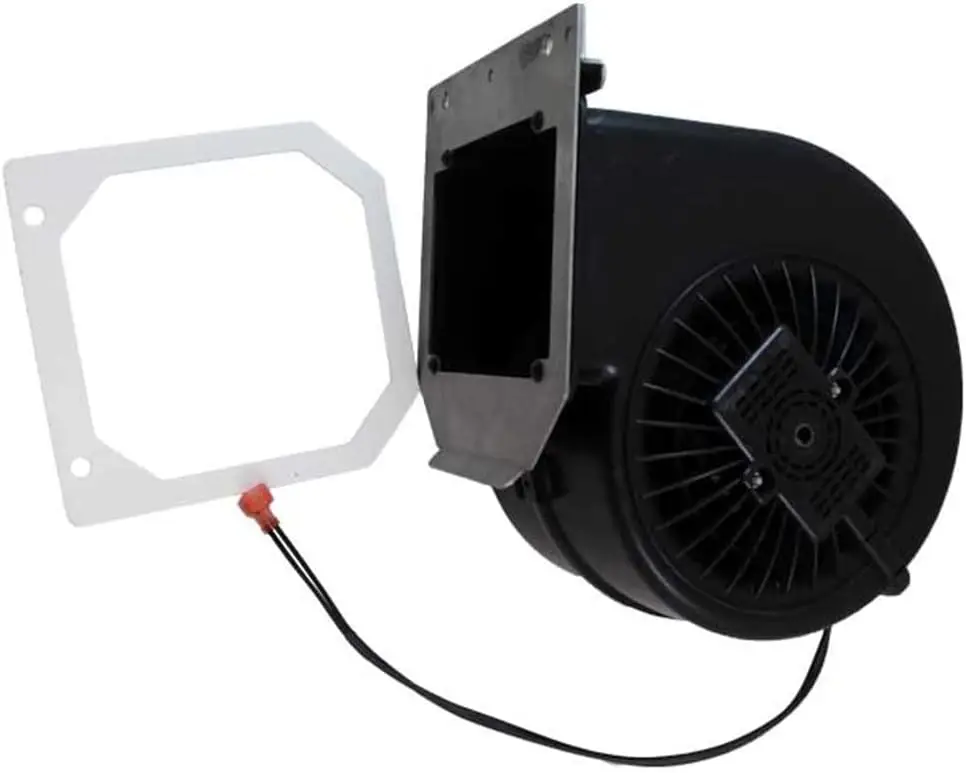 |
PelPro Convection Blower Replacement | For use with PelPro Pellet Stoves (PP-KS-5020-1052) Replacement Part Only |
Check Price |
What Is a PelPro Convection Blower?
The PelPro convection blower for pellet stove plays a crucial role in ensuring even heat distribution. Unlike the combustion blower, which aids in burning pellets, the convection blower circulates warm air through the stove and out into the room.
This mechanism enhances heating efficiency, making your living space more comfortable.
Common Signs of a Failing Blower
Before diving into the replacement process, it’s essential to recognize when your convection blower might be failing. Here are some common signs to watch for:
- If your stove isn’t heating the room as effectively as it used to, the blower might not be working efficiently.
- Grinding, rattling, or squealing sounds often indicate worn-out parts or motor issues.
- A malfunctioning blower may draw more power to perform its job, leading to higher energy bills.
PelPro Convection Blower Common Issues & Fixes
PelPro convection blowers are essential components in maintaining efficient heat distribution in pellet stoves. However, users may encounter several common issues with these blowers.
Below are the main problems and their corresponding solutions.
1. Blower Fails to Turn On
Possible Causes:
Debris or creosote may block the blower housing or fan blades, preventing operation. Problems in the wiring or control board could disrupt power to the blower.
Fixes:
- Inspect the blower housing and fan blades for any debris. Use a soft brush or canned air to clean it out.
- Refer to the wiring diagram in the owner’s manual to trace connections. Ensure all wires are intact and securely connected.
2. Blower Fails to Turn Off
Possible Causes:
The sensor controlling the blower might be stuck, causing it to run continuously. A defect in the control board could prevent the blower from shutting off.
Fixes:
- Disconnect one wire from the blower snap disc to see if it turns off. If it does, replace the sensor.
- If wiring is intact, consult a technician to evaluate or replace the control board if necessary.
3. Blower Makes Noise
Possible Causes:
Uneven mounting can cause vibrations and noise. A loose set screw or warped impeller can lead to increased noise levels.
Fixes:
- Ensure that all mounting bolts are evenly tightened to prevent wobbling.
- Check for loose screws on the impeller and tighten them. If the impeller is warped, consider replacing it.
4. Overheating Issues
Some users have reported that their convection fans stop running when flames are high, leading to overheating. This can be dangerous and indicates a malfunctioning component.
Possible Causes:
The component responsible for signaling the fan to operate at high speeds may be defective.
Fixes:
Determine which part controls fan speed (often related to temperature sensors) and replace it as necessary
PelPro Replacement Convection Blower Installation
Tools and Materials You’ll Need
- Screwdrivers (Phillips and flathead).
- A wrench or socket set.
- Protective gloves to safeguard your hands.
- A compatible replacement convection blower (check your stove model for specifications).
- Your stove’s user manual for reference.
- Cleaning supplies, such as a vacuum or compressed air, to clear away dust and debris.
Preparing for the Replacement Process
Safety First
Safety should always be your top priority. Before starting, ensure your pellet stove is completely powered off. Disconnect it from the power source to eliminate any risk of electrical shock.
Allow the stove to cool completely, as internal components can remain hot for hours after use.
Locating the Convection Blower
Next, consult your stove’s user manual to locate the convection blower. In most PelPro stoves, the blower is situated at the back or side of the unit. Remove any external panels carefully to access it.
Removing the Old Convection Blower
Start by removing the panels that cover the convection blower. Use a screwdriver to loosen the screws holding these panels in place. Keep the screws in a safe location for reassembly later.
Disconnecting the Blower
Once you’ve accessed the blower, disconnect the wires connecting it to the stove. Carefully label or photograph the wiring setup to ensure proper reconnection later. Unscrew the blower from its mount and remove it from the stove.
Installing the New Convection Blower
- Unpack the replacement blower and position it in the same location as the old one. Ensure it aligns with the mounting holes for a secure fit.
- Reattach the screws to secure the blower in place. Reconnect the wires, referring to your labels or photos for guidance. Double-check all connections before proceeding.
- Replace any panels you removed earlier, ensuring they are tightly secured. Verify that all screws are accounted for and properly tightened.
- Plug your stove back in and turn it on. Observe the convection blower to ensure it operates smoothly and efficiently. Listen for any unusual sounds, and check that warm air is circulating effectively.
Tips for Maintaining Your Convection Blower
- Dust and debris can accumulate over time, reducing efficiency. Use a vacuum or compressed air to clean the blower periodically.
- Check for loose screws, damaged wires, or other issues during routine inspections.
- Adhere to the maintenance schedule and recommendations in your stove’s user manual.
FAQs
How often should I replace my PelPro convection blower?
A properly maintained blower can last several years. Replace it when you notice signs of failure, such as reduced airflow or unusual noises.
Can I use any convection blower for my PelPro stove?
No, always use a blower compatible with your stove model. Consult the manufacturer or user manual for guidance.
Is it safe to replace the blower myself?
Yes, with the proper tools and precautions, replacing the blower is a straightforward DIY task.
Why is my new blower making noise?
Ensure it’s securely mounted and free of debris. If the noise persists, the blower might be defective or improperly installed.
What can I do to extend the blower’s lifespan?
Regular cleaning and following the manufacturer’s maintenance recommendations can help.
Affiliate Disclosure: Fireplaceadviser.com is a participant in the Amazon Services LLC Associates Program. We may earn a commission when you click on certain links on this site and purchase.

Hello!! I am Jamal Khan. I often fix my home electric heaters and gas stove problems and research the common issues in the heating units to improve my knowledge and expertise. The aim of establishing fireplaceadviser.com is to share my expertise and knowledge with my audience.













